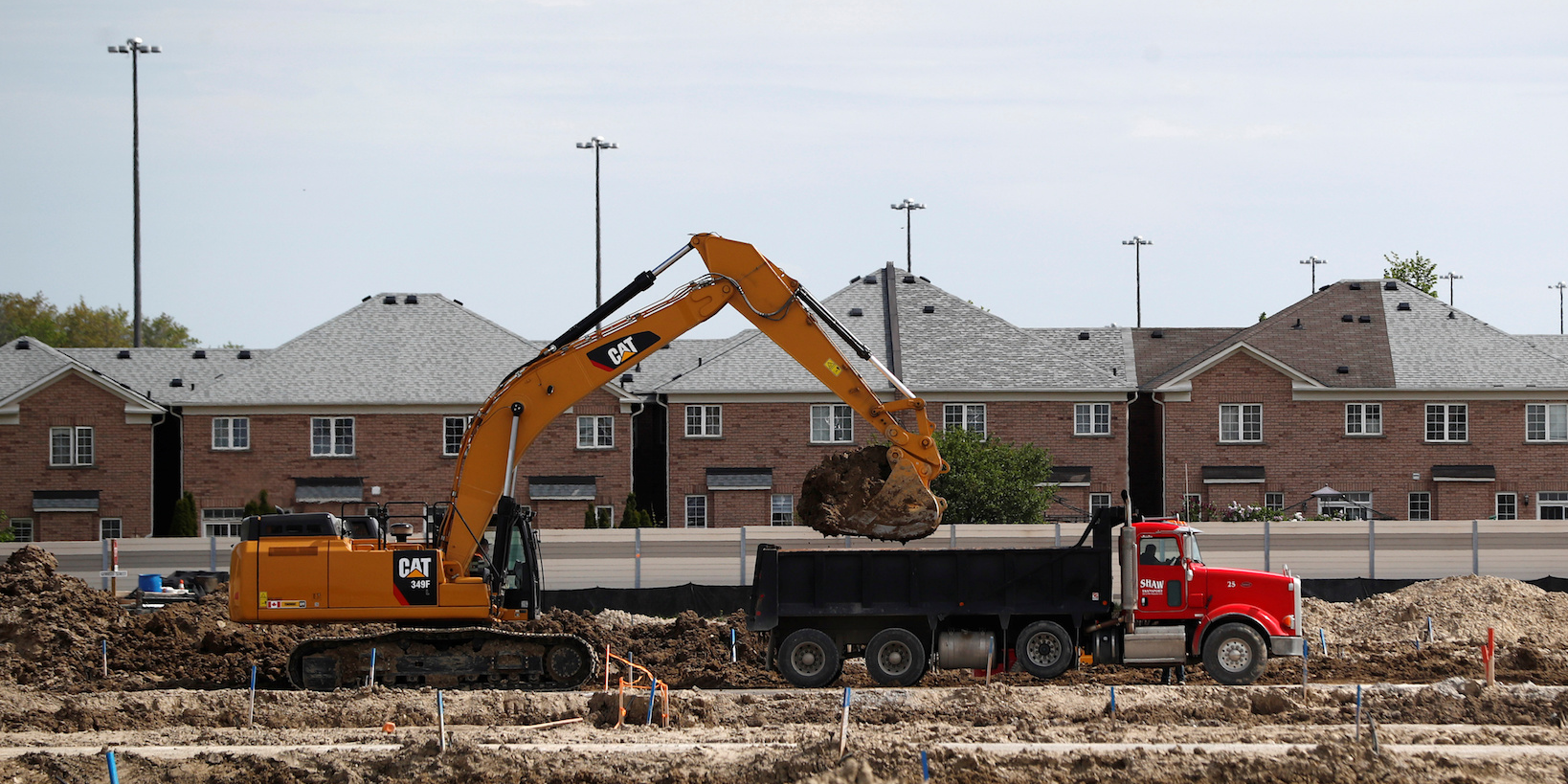- Housing markets are getting tighter across the US.
- One measure of housing market tightness is the share of housing units awaiting rent or purchase.
- That vacancy rate varies widely across the 50 states and Washington DC.
Housing markets across the US are starting to get dramatically tighter, with rents skyrocketing and housing supplies becoming scarcer, suggesting a new housing crisis. In some markets, prospective homebuyers are increasingly likely to place bids on homes without seeing them firsthand.
One measure of the US housing market’s tightness is the vacancy rate, or the percentage of housing units that are unoccupied and awaiting buyers or renters. A low vacancy rate could suggest a lack of available apartments and houses for people who want them, while a higher rate implies a bigger supply relative to demand.
The US Census Bureau recently released data on homeownership and housing vacancy in 2017, based on its Current Population Survey, which also underlies the monthly unemployment rate estimates.
One of the metrics the Census Bureau provided was year-round vacancy rates for all housing units intended for year-round occupancy, excluding seasonal homes and group quarters like college dorms or military barracks.
Six states had vacancy rates at or below 7.0%:
- California: 7.0%
- Utah: 7.0%
- Massachusetts: 6.8%
- Minnesota: 6.5%
- Washington: 6.4%
- Wisconsin: 6.0%
Here's the year-round vacancy rate for 2017 in each state and DC:


